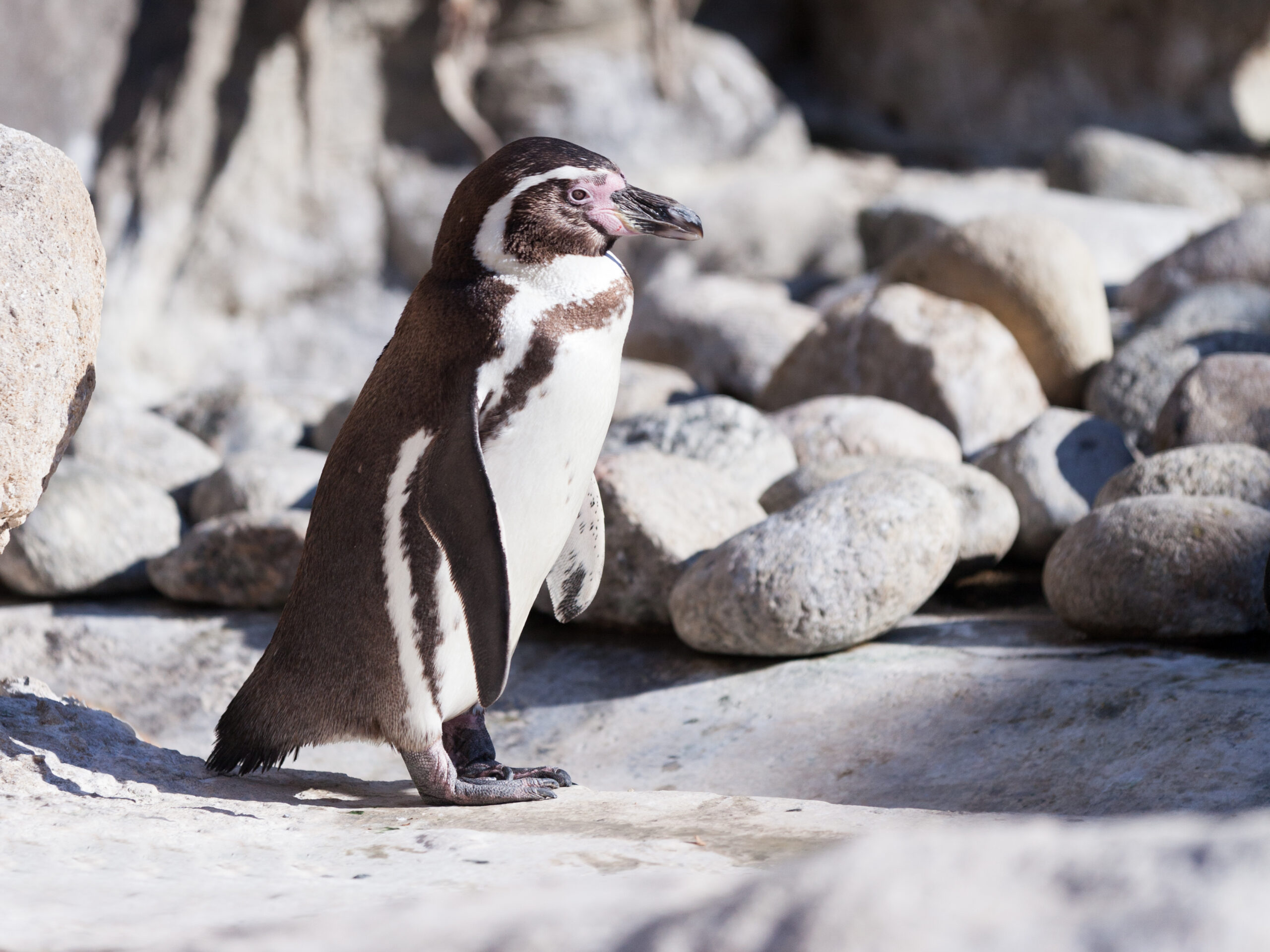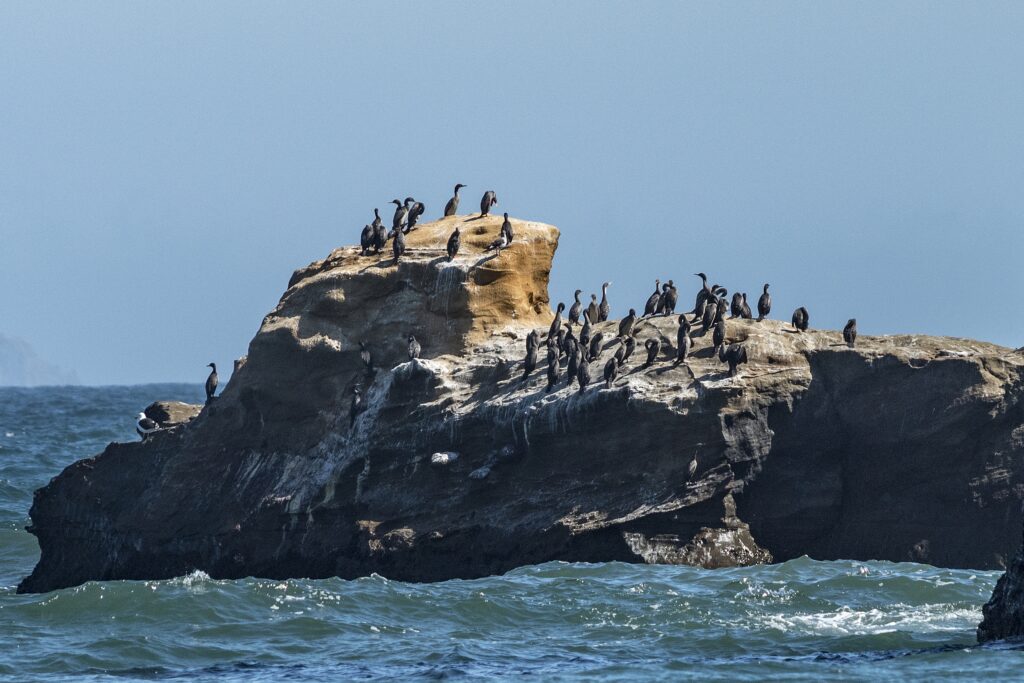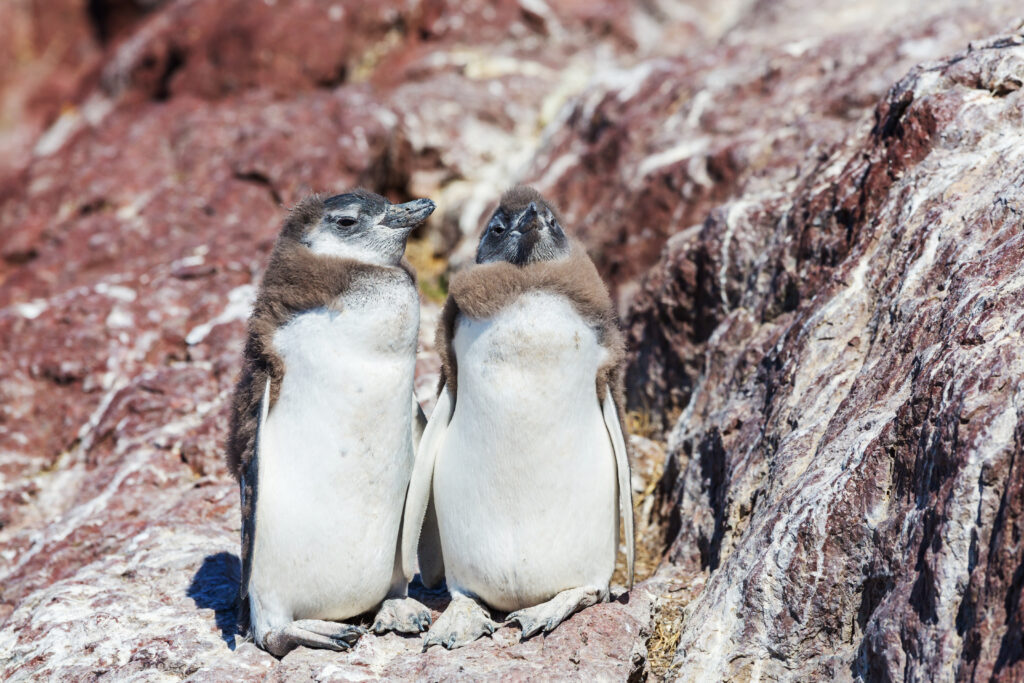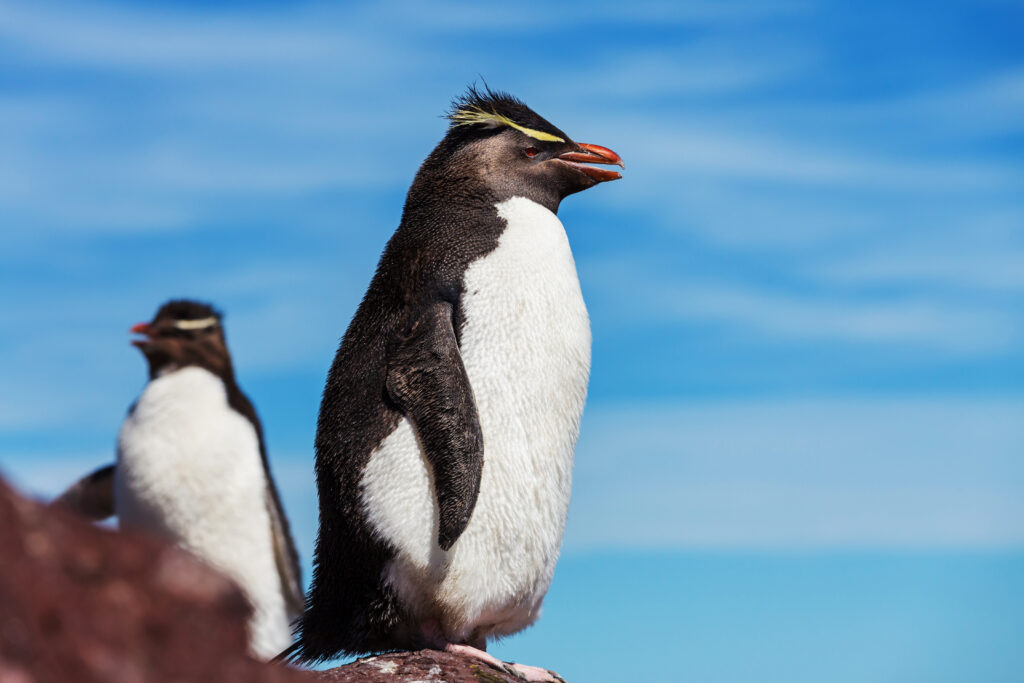Blog
Galapagos Penguins: Nature’s Equatorial Marvel

When we think of penguins, icy Antarctica often comes to mind. But in a twist of nature, Galapagos penguins thrive just a few degrees south of the equator. These unique birds are not only a rare species but also a symbol of adaptation and survival in one of the world’s most unpredictable ecosystems — the Galapagos Penguins.
Welcome to the world of Galapagos penguins, an extraordinary species that continues to amaze scientists, travelers, and wildlife lovers alike.
What Makes Galapagos Penguins So Unique?
The Galapagos penguin (Spheniscus mendiculus) is the only penguin species found north of the equator. Native to the Galapagos archipelago, they are the second smallest penguins in the world and the only ones to live and breed in tropical conditions.
Their ability to survive and reproduce in a hot, volcanic, and largely marine environment is what makes them one of nature’s greatest evolutionary marvels.
Galapagos Penguins Habitat and Distribution

Where Do Galapagos Penguins Live?
These penguins are endemic to the Galapagos Islands, meaning they are found nowhere else on Earth. They primarily inhabit the western islands of Isabela and Fernandina, where cool ocean currents provide the conditions they need to survive.
How They Adapt to a Tropical Climate
Despite living in a hot region, Galapagos penguins rely on the Humboldt and Cromwell currents to cool their habitat. These nutrient-rich currents bring cold water from the deep sea, supporting a thriving marine ecosystem.
To regulate body temperature, Galapagos penguins:
- Spend time in shaded lava caves
- Pant like dogs to release heat
- Extend their flippers to cool off
- Swim frequently to stay hydrated
Galapagos Penguins Physical Features
These penguins are small, standing about 49 cm (19 inches) tall and weighing up to 2.5 kg (5.5 pounds).
Key Features:
- Black and white coloring with a slender body
- Narrow white line around the head and throat
- Pink patches on the face that help release heat
- Strong flippers adapted for swimming
- Sharp beaks perfect for catching fish
Their small size helps them adapt to warmer temperatures and allows for quicker heat loss.
What Do Galapagos Penguins Eat?
Primary Diet:
Galapagos penguins are carnivores and primarily feed on:
- Small fish (anchovies, sardines, mullets)
- Crustaceans
- Squid and small marine organisms
They hunt in shallow waters near the coast and often forage in groups to increase success.
Breeding and Reproduction
Galapagos penguins have flexible breeding habits, often breeding year-round, depending on food availability.
Breeding Behavior:
- Nest in lava crevices and caves
- Lay 1–2 eggs per clutch
- Both parents take turns incubating the eggs
- Chicks hatch after 38–42 days and stay with parents for about 60 days
Since food availability is closely tied to ocean currents, El Niño events can significantly impact their breeding success.
Threats to Galapagos Penguins

Despite their resilience, Galapagos penguins are endangered, with fewer than 2,000 individuals left in the wild.
Major Threats Include:
- Climate change – disrupts ocean currents and food supply
- El Niño events – reduce cold-water fish populations
- Introduced predators – rats, cats, and dogs eat eggs and chicks
- Human disturbance – tourism and fishing interfere with habitats
- Marine pollution – oil spills and plastic threaten their environment
Conservation Efforts for Galapagos Penguins
Numerous organizations and scientists are working to protect Galapagos penguins from extinction.
Key Conservation Strategies:
- Habitat protection through the Galapagos National Park
- Marine reserves limiting fishing near penguin habitats
- Artificial nesting sites to increase breeding success
- Eradication of invasive species
- Monitoring programs to track population trends
Programs like those run by the Charles Darwin Foundation and Galapagos Conservancy play a vital role in long-term survival efforts.
Galapagos Penguins and Climate Change
The biggest threat facing these penguins is global warming. Even a slight change in ocean temperature can disrupt the food chain, leading to starvation and failed breeding seasons.
Conservationists stress that reducing global carbon emissions and protecting marine ecosystems is the only long-term solution to preserving this unique species.
Interesting Facts About Galapagos Penguins
- 🐧 They are the only penguins to cross the equator in the wild
- 🐧 They mate for life and often return to the same nesting site
- 🐧 Chicks have fluffy grey down before growing adult feathers
- 🐧 They can hold their breath for over a minute when diving
- 🐧 Scientists use banding and GPS tags to study their behavior
FAQs About Galapagos Penguins
🟩 Are Galapagos penguins endangered?
Yes. Galapagos penguins are listed as Endangered on the IUCN Red List, with an estimated population of under 2,000 in the wild.
🟩 Can you see Galapagos penguins during a visit?
Absolutely! Visitors to the Galapagos Islands can often spot them swimming near the shore or resting on volcanic rocks, especially around Isabela and Fernandina.
🟩 What do Galapagos penguins eat?
They mainly eat small cold-water fish, including sardines and anchovies, along with small crustaceans and squid.
🟩 How do Galapagos penguins stay cool in hot weather?
They stay in shaded lava caves, swim regularly, pant to release heat, and extend their flippers to cool their blood.
🟩 Why are Galapagos penguins important to the ecosystem?
They are indicators of ocean health, and their presence reflects the abundance and stability of the marine food chain.
How You Can Help Save Galapagos Penguins
Even from afar, you can support penguin conservation by:
- ✅ Donating to wildlife conservation organizations
- ✅ Supporting eco-friendly travel and sustainable tourism
- ✅ Raising awareness on climate change and its impact
- ✅ Avoiding seafood that contributes to overfishing
- ✅ Reducing your carbon footprint to fight global warming
Final Thoughts: Why Galapagos Penguins Matter
Galapagos penguins are living proof of how species can adapt in the most unusual conditions. From volcanic coastlines to tropical currents, these birds embody resilience, evolution, and the delicate balance of ecosystems.
But their survival hangs in the balance. Without urgent conservation and climate action, we risk losing one of the world’s most fascinating and rare penguin species.
Join the movement to protect Galapagos penzguins.

👉 Support marine conservation, reduce your carbon impact, and spread awareness about these amazing equatorial marvels. Nature depends on your voice.


